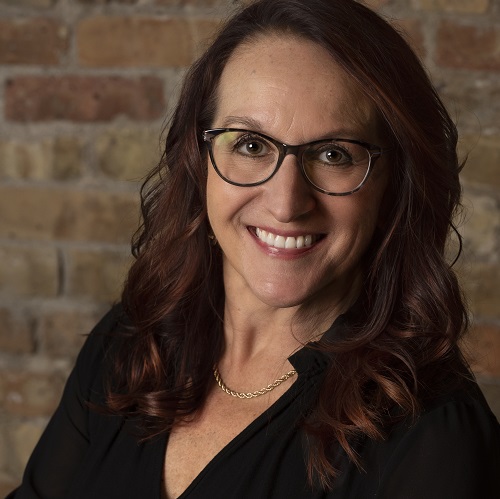Palm or Passion. What’s a preacher to do?
Likely you have already made that decision, Working Preachers. Or maybe you are doing both and the reading of the Passion Narrative will take center stage over preaching. Whatever your liturgical choices, Palm/Passion Sunday invites some homiletical reflection on the part of the preacher, at least it does for me. Because Palm/Passion Sunday is a day that holds hosanna and heartache together in a kind of proximity that is not always comfortable and honestly, doesn’t even seem achievable.
Hosanna and heartache exist alongside each other, often fused together in such a way that our first response is to find a way out.
And I wonder if we exist most days trying to keep hosanna and heartache as far away from each other as possible. Attempting to compartmentalize our joys and sorrows, or least keeping them appropriately separated.
Today is going to be a happy day. The next, a sad one. We plan our emotions like we schedule our meetings for the week, even mapping out an agenda for a constructive and successful discussion or reflection, with action steps to follow. We might know how unattainable this is, even ridiculous, but try to do it anyway. After all, it’s how the world tends to operate—in binaries that deny complexities; in dualisms that pretend overlappings do not exist. Or, it’s how we think we should be—the either/or expectations we try to meet instead of living inside our both/and realities.
Megan Devine writes about this two-option tendency when it comes to grief:
We’ve got this idea that there are only two options in grief: you’re either going to be stuck in your pain, doomed to spend the rest of your life rocking in a corner in your basement wearing sack cloth, or you’re going to triumph over grief, be transformed and come back even better than you were before. Two options. On-off. Broken or healed. There’s this whole middle ground between those two extremes (as there is for everything else in life), but we don’t know how to talk about it. We don’t know how to talk about grief if we step outside that pervasive cultural model of entirely healed or irrevocably broken. We don’t know how to talk about living inside grief. Living alongside grief … What would that middle ground look like for you?1
Dear Working Preachers, what does this middle ground look like for you?
When this column gets posted, it will be six months since my father’s passing. Thank you, dear Working Preachers, for listening to my grief. We’ve been doing this a long time and I trust you. When considering the theme for this column, I realized that I wish desperately for either/or days. They are easier—to devote a day to finding the fun in life and doing things that give me joy and then the next day, lie on the couch under my weighted blanket watching TV shows I have already seen about twenty-seven times (I’ve read that re-watching shows, thankfully, is normal in grief).
To deal with both happiness and sorrow at the same time? Well, seems impossible, and even like betrayal. Like my moments of contentment are somehow being disloyal to the devastation that was my dad’s death. Like my stretches of sorrow are somehow pathetic and it’s time to get over it. The middle ground on which most of life stands is often shaky with its confusion and conflictions, its uncertainties and indeterminacies.
I much prefer, and likely often unconsciously choose, one or the other—either hosanna or heartache. Maybe it’s because my heart can’t accept the truth that the grief, albeit lessening, will never go away. Maybe it’s because my soul’s rejoicing seems so far away.
Devine’s words helped me see both the homiletical challenge of Palm/Passion Sunday and its preaching promise. In the space of an hour, we get to hold together that middle ground, where hosanna and heartache come together. A sixty-minute chance, roughly, to talk about and listen for how the middle ground of life gets encapsulated in our Christian faith. A Sunday morning experience where triumph and anguish, blessedness and cursedness are intertwined, as they should be, as they have to be.
I suppose it’s true that if anyone can hold the space of this middle ground, it’s the preacher of the Gospel. The Palm Sunday road leads to arrest, trial, crucifixion, a stone-cold tomb and the glory of the resurrection. However, hosanna and heartache are not either/or itineraries or linear destinations.
The tomb will indeed be empty, but its darkness and despair hang on—because the Christian middle ground is the promise of new life, yet with the cross remaining.
Karoline
Notes
- Megan Devine, Middle Ground in Grief.

